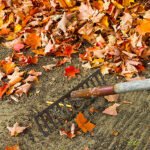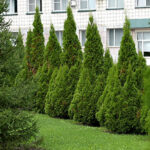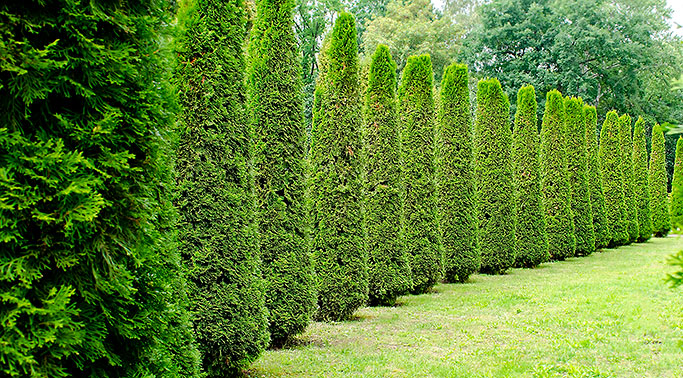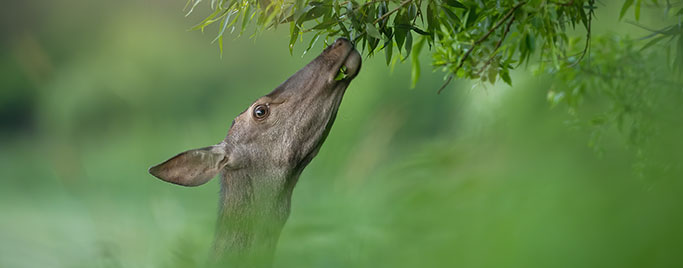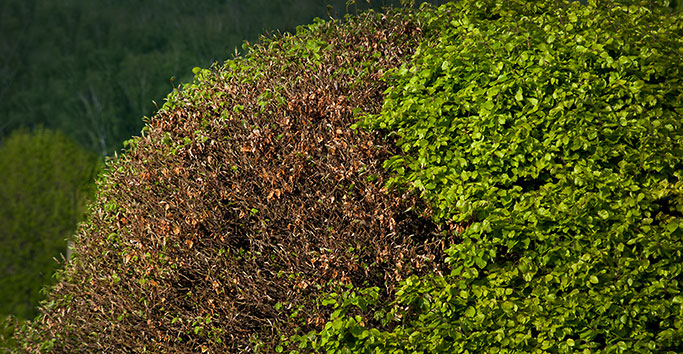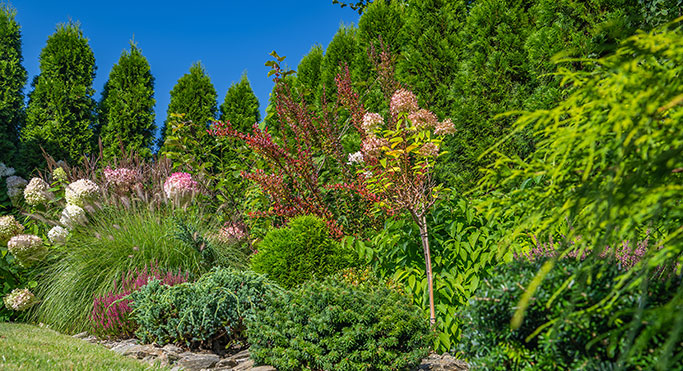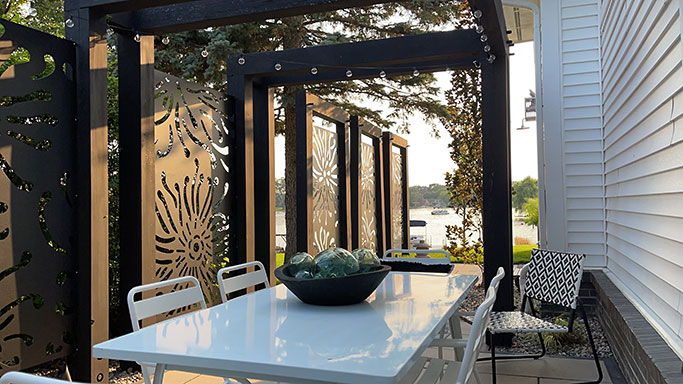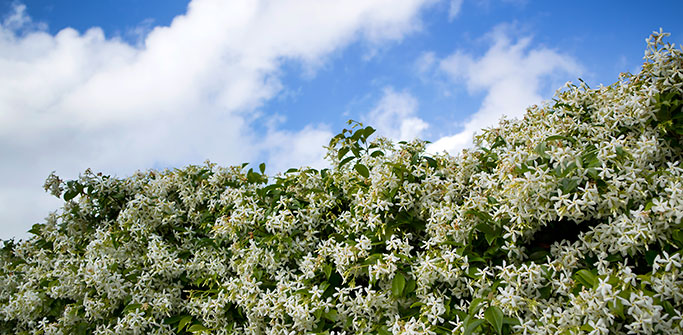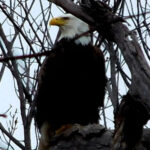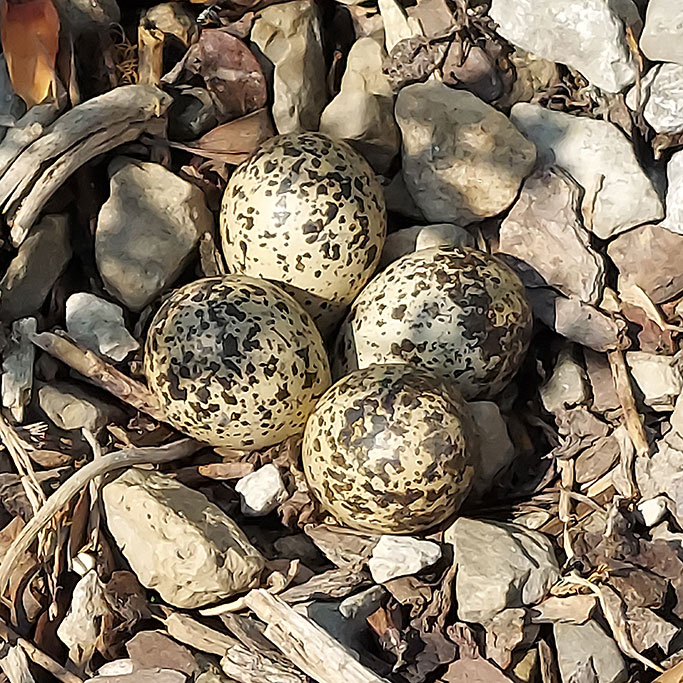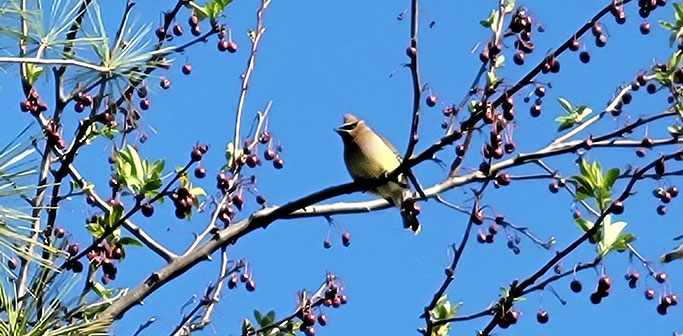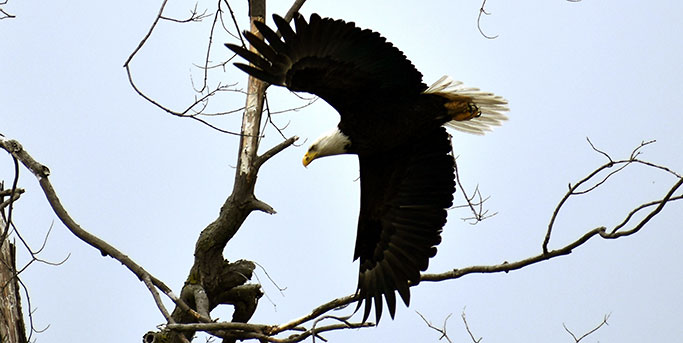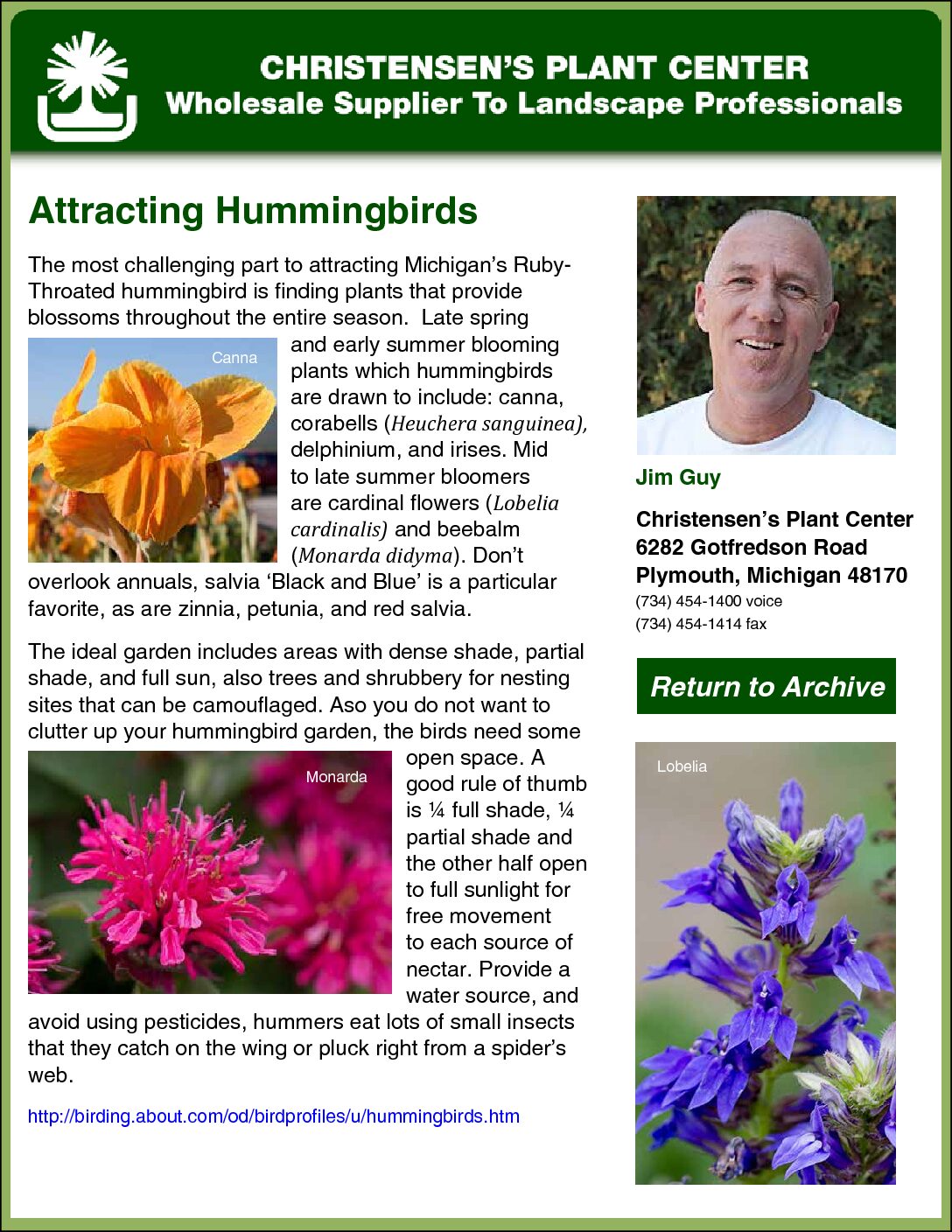At the risk of sounding lazy, (this is my second article arguing for less work on behalf of pollinators) I’d like to encourage you to talk to your customers about a modified fall cleanup. Now, before you tell me that fall clean-up is a healthy revenue stream for you, hear me out…
Environmentalism used to be considered a passing fad, merely a trend that would swing in the opposite direction given enough time. However, as the years have progressed, environmental consciousness has grown into a common practice among many of the younger generations. While the Boomer generation tends to be split, each generation following tends to have a higher awareness and commitment to the environment. Therefore, a sound business strategy includes incorporating environmentally friendly practices into your business plan as a long-term growth strategy to keep your clientele from aging out of your services.
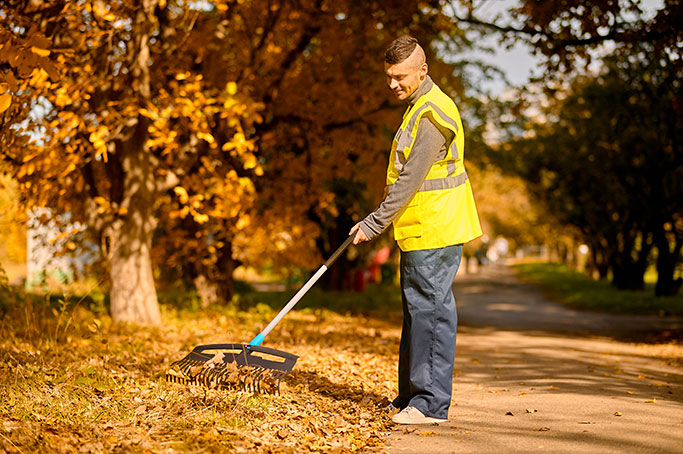
So now that I’ve argued the business sense around this strategy, let me give you the environmental impact of leaving the leaves:
Many pollinators and other beneficial insects overwinter in or below organic debris. Leaving a layer can help bees, butterflies, moths, spiders, fireflies, worms, and so many more utilize this kind of protection. And, all of these primary consumers provide needed sustenance to secondary, tertiary, and, down the line, apex consumers. Habitat preservation through leaving the leaves plays into the whole food chain in your small area of the world.
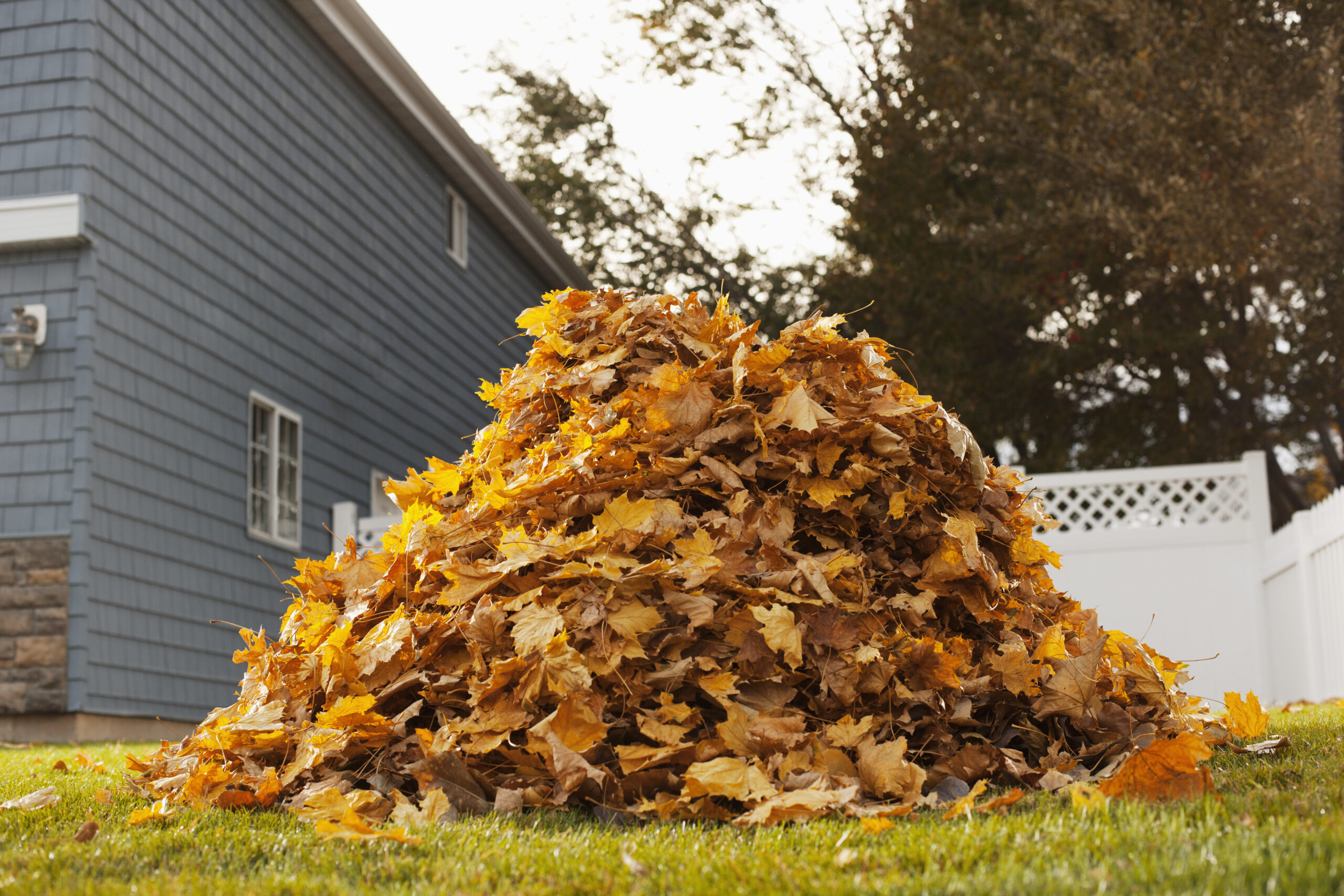
And lest you think that you have to leave them where they fall, raking them into designated areas is perfectly acceptable. Utilizing them as mulch in flower beds or around trees & shrubs can suppress weeds and infuse the soil with helpful nutrients for the next year.
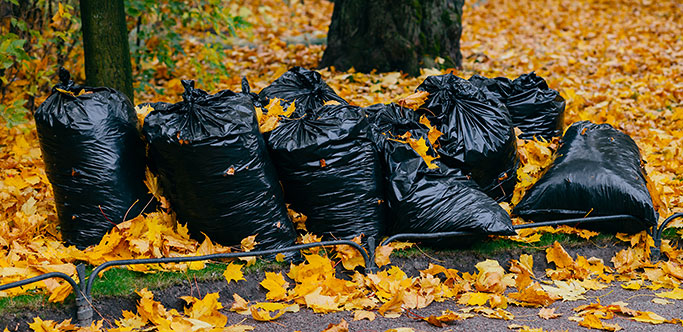
The other environmental impact that we see from this idea is the reduction of tons of yard debris being dumped into landfills. In the yards, the leaves have more access to oxygen to decompose aerobically without releasing excessive amounts of methane.
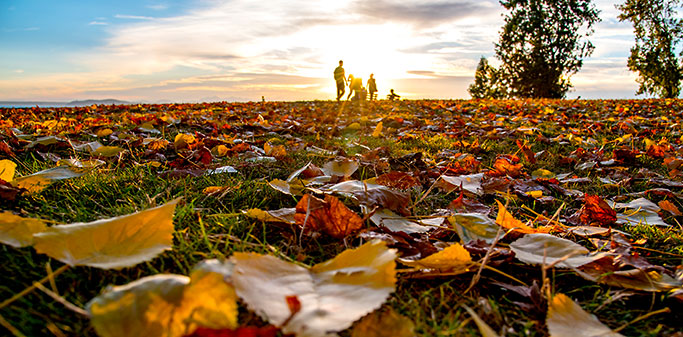
Of course, this whole argument is for naught, if the homeowners association or city insists on leaf cleanup. However, “leaving the leaves” has been a movement for decades. As it continues to garner attention and interest, it may become the norm even in city ordinances and HOAs alike.
I’ve made sure to research this article with some online sources that you can check out for yourself if you want to learn more about “Leaving the Leaves”…
https://www.usda.gov/media/blog/2022/10/17/fall-leave-leaves
https://www.nwf.org/Magazines/National-Wildlife/2015/OctNov/Gardening/Leave-the-Leaves
https://www.webstergrovesmo.gov/708/Leave-the-Leaves
https://mdc.mo.gov/magazines/conservationist/1995-10/autumn-leaves-myth-reality
https://xerces.org/leave-the-leaves?blm_aid=1217656837

